The Canary Islands, a Spanish archipelago known for its rich biodiversity and unique ecosystems, is home to numerous endemic species. Unfortunately, several of these native animals are now at risk of extinction. According to Spain’s National Catalogue of Endangered Species (CNEA), 15 species are currently listed as endangered in the Canary Islands—including 9 invertebrates, 1 reptile, and 5 bird species. Additionally, others are nearing endangered status as their populations rapidly decline.
In this article, we introduce 17 endangered animal species of the Canary Islands, highlighting their characteristics, habitats, and the threats that jeopardize their survival.

Endemic to La Palma Island, this wingless stick-like grasshopper lives in the rocky, semi-arid coastal zones where Euphorbia (tabayba) plants grow. Found mainly in El Remo and La Tamanca protected areas, it faces critical threats due to overgrazing and urban sprawl. It’s currently classified as Critically Endangered by the IUCN.
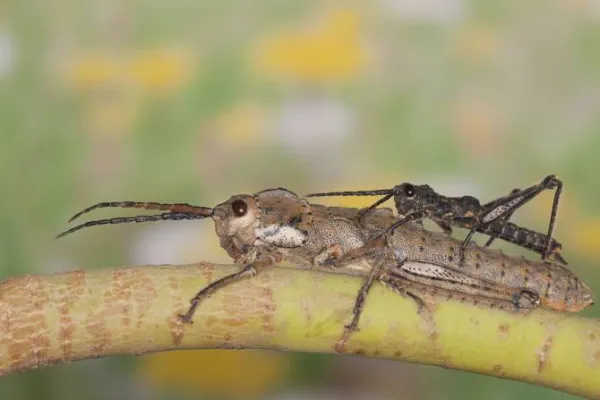
This tiny isopod lives near underground saltwater pools and coastal shorelines on Lanzarote and Fuerteventura. Highly sensitive to human activity, especially coastal development and tourism, it is currently listed as Endangered.
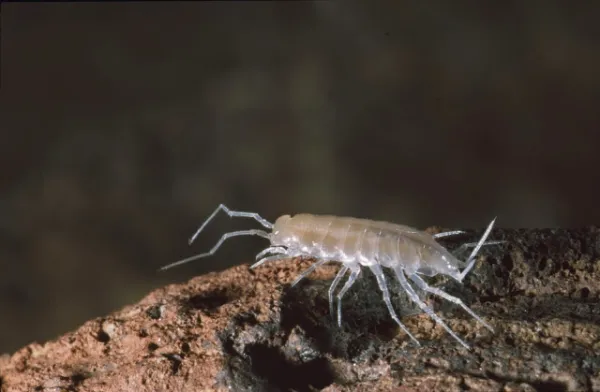
An eyeless, pale arachnid found exclusively in the Villaverde region of northern Fuerteventura. It lives in deep cave systems and is extremely vulnerable to habitat pollution and fire. This elusive cave-dweller has been recorded only in the Llano Cave.
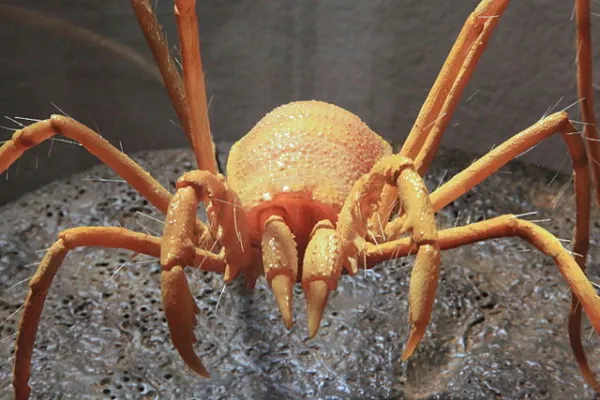
This large, black, rough-textured beetle is found in sandy and dry streambed habitats of Gran Canaria. It is diurnal and highly adapted to arid environments. Habitat fragmentation from construction has made it increasingly rare, leading to its classification as Endangered.
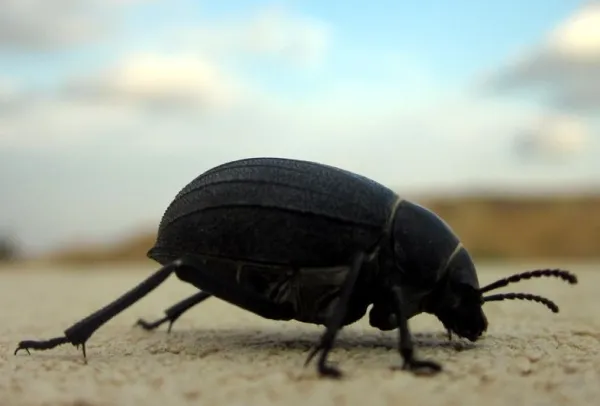
Native to La Palma, La Gomera, and Tenerife, this beetle relies on Euphorbia shrubs. Larvae feed on plant wood tissues. Due to declining populations of its host plant, the weevil is in serious decline and considered Endangered.
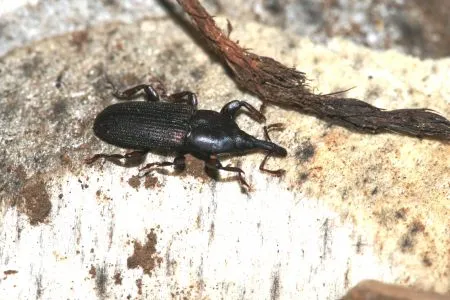
Also called the "sun limpet," this shellfish resides on intertidal rocks. Endemic to Macaronesia, its populations have dramatically fallen due to overharvesting and habitat destruction. It’s now extremely rare in the Canary Islands.
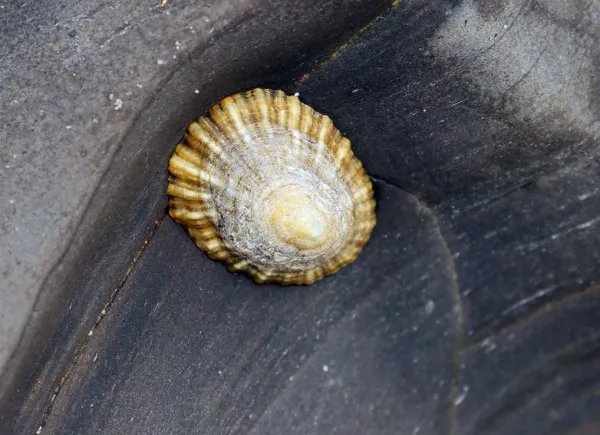
This reddish-brown lobster with yellow spots is found in rocky ocean bottoms and marine caves of the Canary Islands, as well as parts of the Atlantic. Though globally not threatened, local populations have declined due to overfishing and pollution.
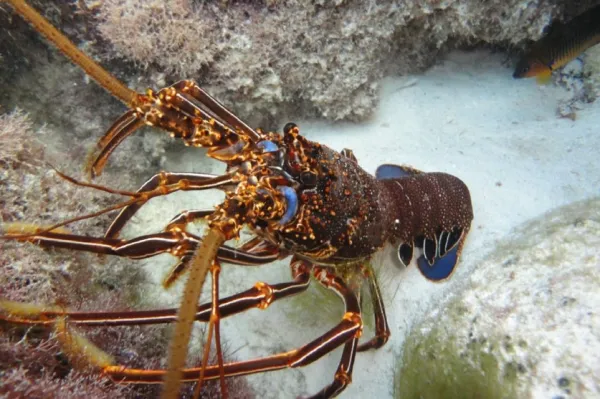
Known locally as the “Jameíto,” this eyeless white crab lives in subterranean marine pools in Lanzarote. It’s highly vulnerable to contamination from tourism-related waste and quarrying, placing it at serious risk of extinction.
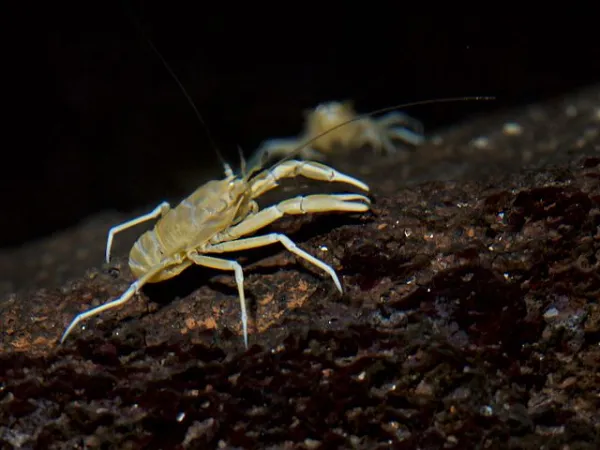
A small blue bird with two subspecies—one on Tenerife and one on Gran Canaria. It’s non-migratory and inhabits pine forests, often forming flocks in winter. Illegal trapping and deforestation threaten its numbers.
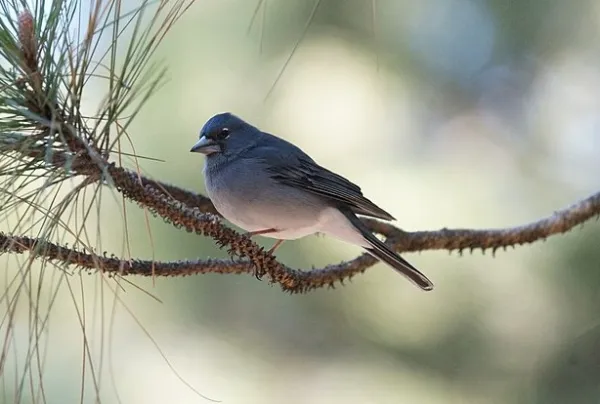
This scavenger once thrived throughout the archipelago but is now confined to Fuerteventura, Lanzarote, and Alegranza. Power lines, lead poisoning, and human disturbance have caused severe population decline.
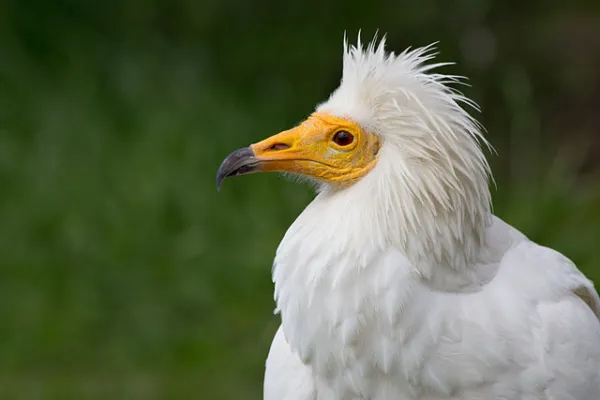
A nocturnal predator, this subspecies is endemic to the Canary Islands. It's affected by power lines, pesticide use, and habitat loss. Currently considered Vulnerable, its population continues to drop.
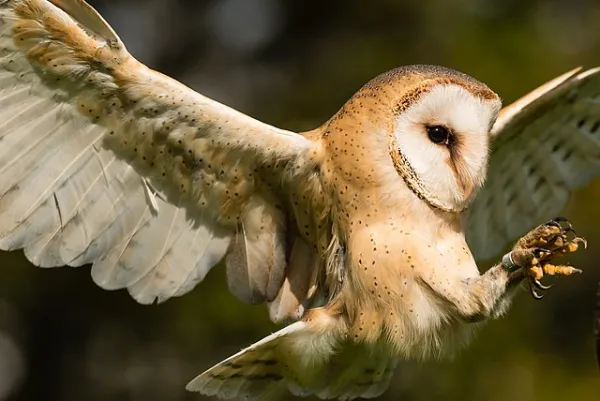
Two subspecies exist across Tenerife, Gran Canaria, La Palma, and La Gomera. The spread of non-native parasites and increased human development are causing population reductions.
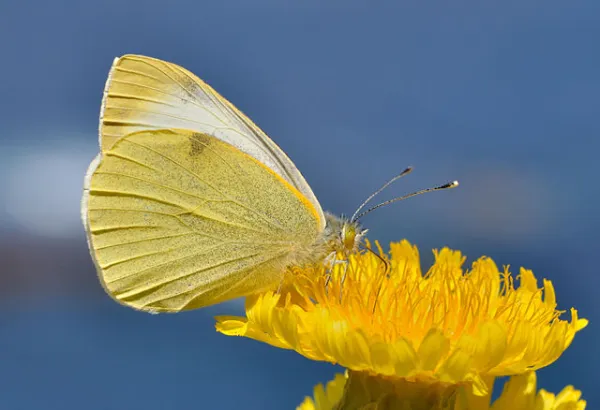
Gran Canaria Stick Grasshopper (Acrostira tamarani): Critically endangered, reliant on Euphorbia shrubs.
La Gomera Giant Lizard (Gallotia bravoana): Critically endangered reptile found only in steep cliffs.
Mediterranean Monk Seal (Monachus monachus): Rare sightings off the Canary coast; endangered globally.
Canary Bustard (Chlamydotis undulata fuertaventurae): A large ground-dwelling bird facing habitat loss.
Barbary Falcon (Falco pelegrinoides): A rare falcon in the region, impacted by human development.
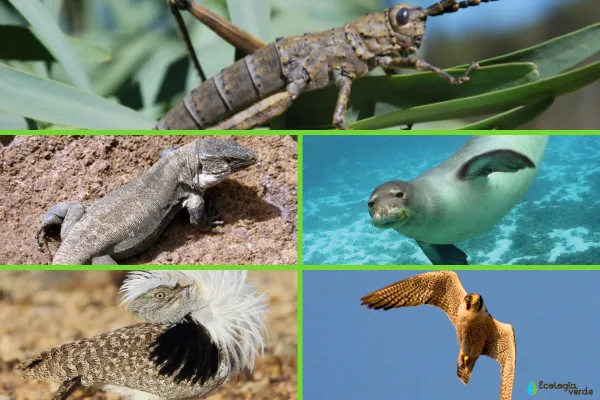
Despite conservation programs, the survival of many Canary Island species remains uncertain. Threats include habitat destruction, overgrazing, urbanization, overfishing, and invasive species. Public awareness, habitat restoration, and legal protections are crucial.
For more information, explore our guide on [Endangered Animals in Spain – 32 Notable Species] or visit your local wildlife protection agency to see how you can help.
Bibliography
Biodiversity of the Canary Islands. Sentinel: https://www.biodiversidadcanarias.es/centinela/
Nature Data Bank (NDB). Government of Spain: https://www.miteco.gob.es/es/biodiversidad/servicios/banco-datos-naturaleza/Eidos.aspx
IUCN Red List of Threatened Species: https://www.iucnredlist.org/
animal tags: canary Islands endangere animals
We created this article in conjunction with AI technology, then made sure it was fact-checked and edited by a Animals Top editor.